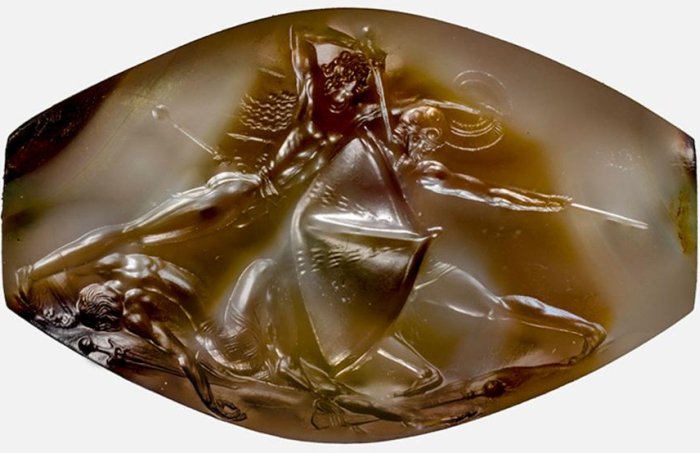Archaeologists Discover 3,500-Year-Old Carving So Detailed That It Could Rewrite Art History

In 2015 researchers from the University of Cincinnati uncovered a Bronze Age tomb in Pylos, in southwest Greece. It belonged to the so-called ‘Griffin Warrior’, a wealthy Mycenaean man, and dates back 3,500 years. Inside archaeologists uncovered a trove of treasure including precious jewels, armor and weapons, and many vessels made from precious metals. One […]
